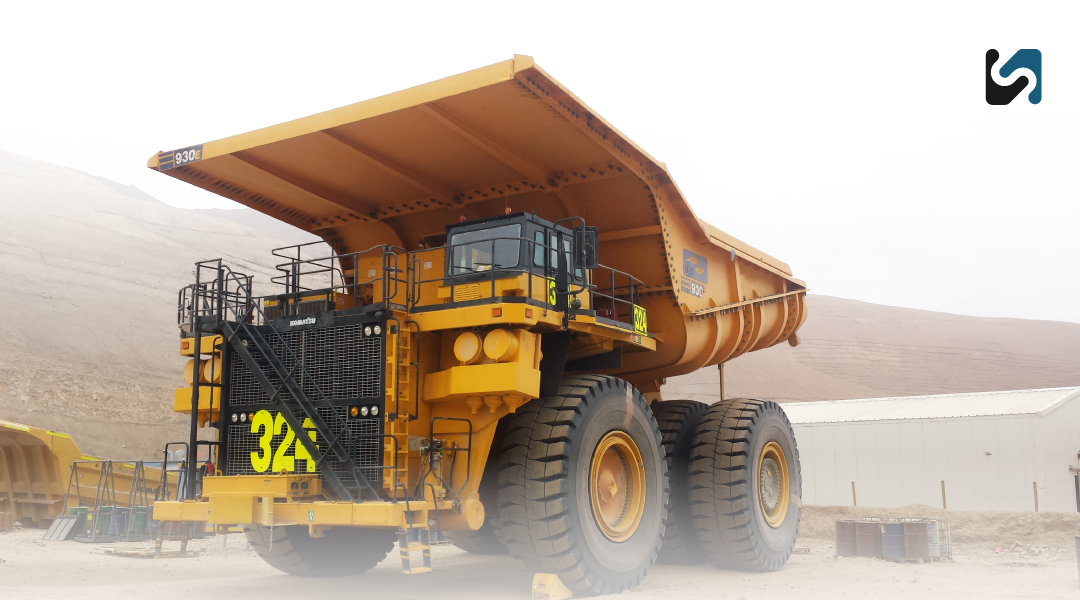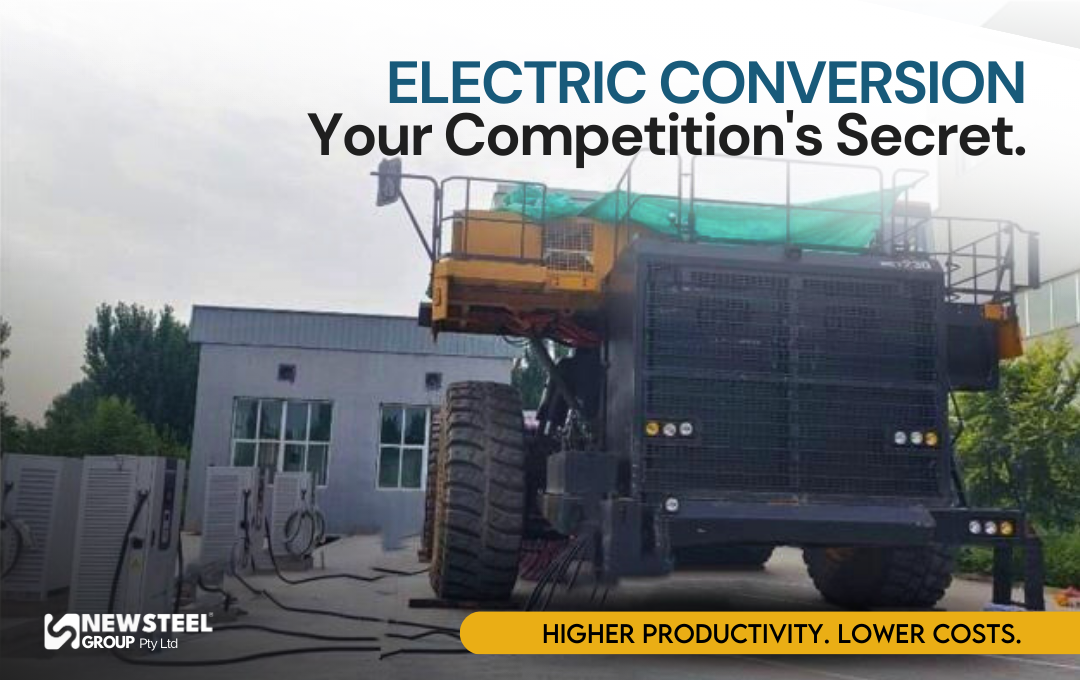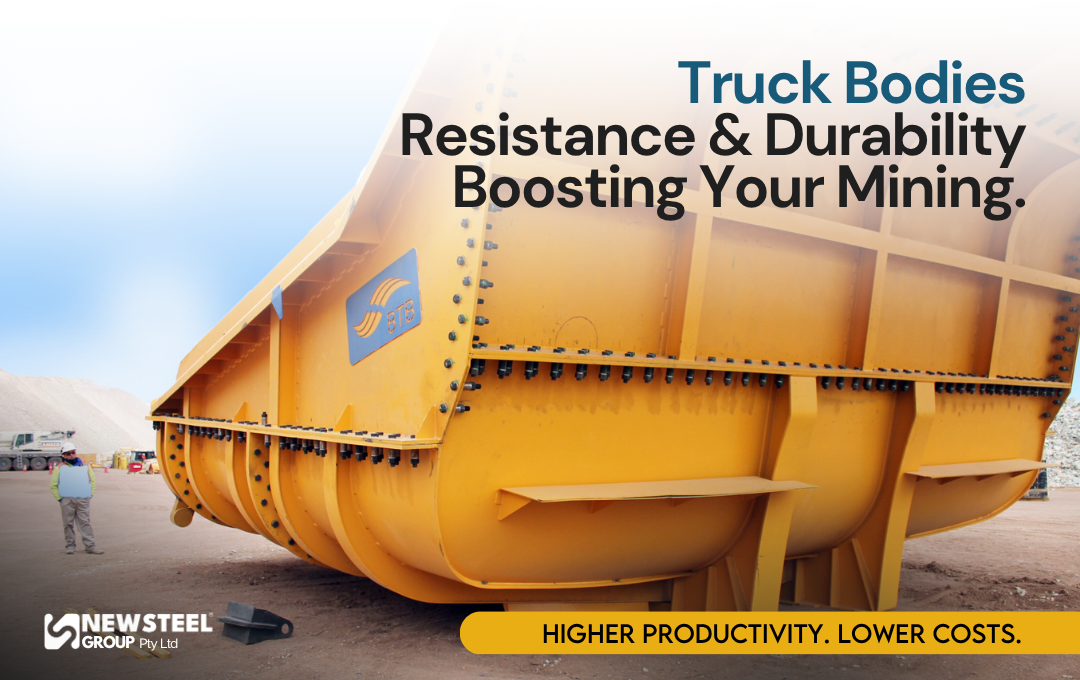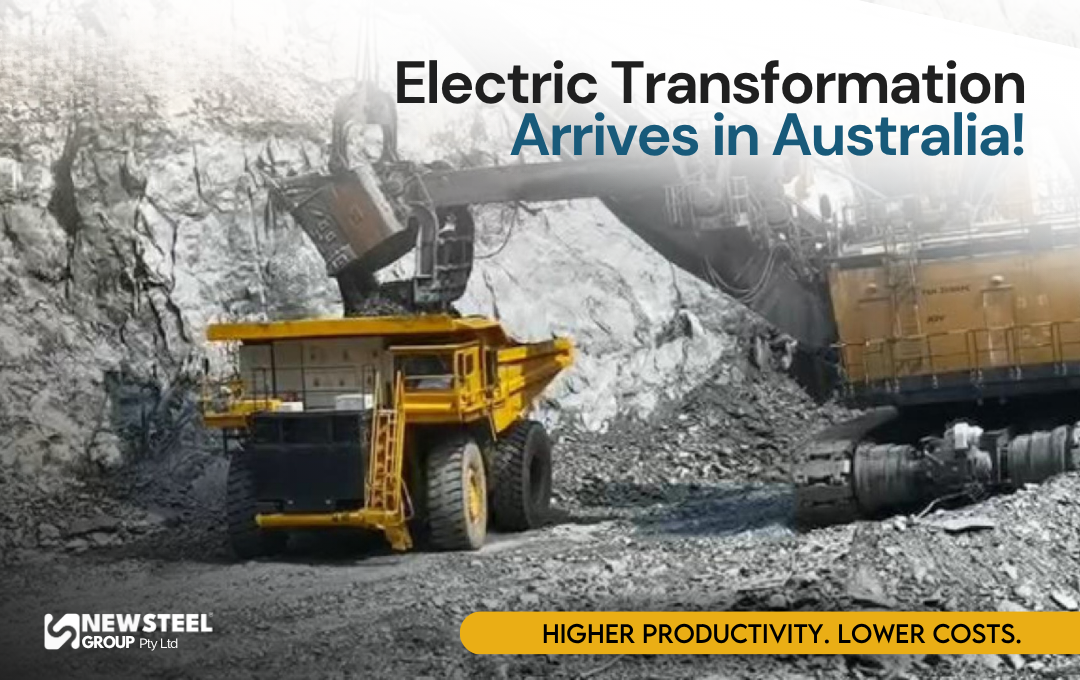Electric Mining: From the First Motors to 100% Electric Fleets

The Early Steps in Mining Electrification
Electric mining is not a new concept. In the late 19th century, the mining industry began integrating electric motors into ventilation and water pumping systems in underground mines. As a result, steam engines were gradually replaced, allowing for better operational control and reducing risks associated with fossil fuels in confined spaces.
By the early 20th century, electricity was increasingly used in mining locomotives for coal and metal extraction. These machines revolutionized underground transport by eliminating ventilation problems caused by diesel-powered locomotives.
The Electrification of Heavy Equipment and Its Impact on the Industry
In the 1950s, electric mining advanced with the introduction of electric shovels and conveyor belts, particularly in open-pit mines. Consequently, extraction and transportation efficiency improved significantly.
Additionally, industry leaders began testing electric trucks powered by overhead high-voltage cables. However, infrastructure limitations prevented widespread adoption.
Over the following decades, mining electrification continued to grow, primarily driven by the need to reduce operating costs and enhance energy efficiency.
Some of the most important milestones in mining electrification include:
- 1970s: Introduction of hybrid mining trucks combining electric traction with diesel engines.
- 1990s: Advancements in lithium-ion batteries and regenerative energy systems.
- 2010s: First pilot projects with fully electric and autonomous mining trucks.
Want to understand the impact of this transformation? Read our full analysis: Diesel vs. Electric Trucks: Which is the Best Mining Investment?.
Electric Trucks Today: How is the Industry Moving Forward?
In recent years, the mining sector has accelerated the adoption of electric trucks, driven by stricter environmental regulations and the need to cut costs while improving efficiency. Today, three main technologies are leading the transition:
- Battery-electric trucks, fully electric vehicles powered by high-voltage batteries, ideal for mines with established charging infrastructure.
- Trolley-assist electric trucks, which use overhead power lines to enhance efficiency and reduce battery consumption.
- Diesel-to-electric truck conversions, a cost-effective solution for electrifying existing fleets without replacing equipment.
For this reason, diesel-to-electric truck conversions are becoming increasingly popular. This process can reduce operating costs by up to 50% while eliminating CO₂ emissions without disrupting operations. At NewSteel, we have developed a 100% electric conversion system that is transforming the mining industry, offering an efficient and sustainable alternative for the sector’s energy transition.
Want to explore more strategies to optimize costs and improve profitability? Read our article: 3 Strategies to Reduce Mining Costs and Increase Profitability.
Electrification is the New Standard in Mining
From the first electric motors to fully electrified fleets, electric mining has continuously evolved. Today, the industry faces a crucial decision: embrace electrification or risk falling behind in an increasingly competitive and regulated market.
The technology is already here. The real question is which mining operations are ready to take the lead and which will be left behind.
At NewSteel, we are leading this transformation with electric solutions that reduce costs and boost productivity. Want to learn more about mining electrification trends? Read our article: Trends in Mining Electrification: How is the Industry Moving Forward?.
Follow us on LinkedIn or Instagram. If you’re interested in electrifying your fleet, contact our team via WhatsApp.
























